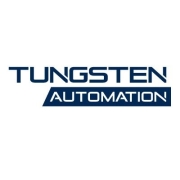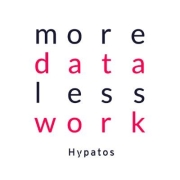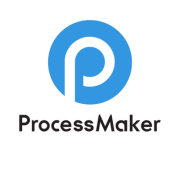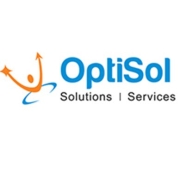Intelligent Document Processing utilizes AI technologies to streamline document-based workflows, reduce manual input, and increase efficiency in data extraction and processing.
IDP integrates advanced technologies like machine learning, natural language processing, and computer vision to analyze unstructured data. It automates tasks like data extraction, classification, and validation, helping organizations minimize errors and process documents faster, thereby improving collaboration and productivity.
What are the critical features of IDP solutions?IDP in finance industry aids in streamlining invoice processing and compliance checks, while in healthcare it simplifies patient data management and administrative tasks. In logistics, it enhances operational efficiency by automating shipment documentation.
IDP is essential for organizations seeking to improve operational efficiency, reduce costs, and adapt to the increasing volume of data in business processes. It revolutionizes document management by making data readily available and actionable, empowering decision-making and scalability.
| Product | Market Share (%) |
|---|---|
| ABBYY Vantage | 12.4% |
| UiPath Document Understanding | 11.0% |
| Tungsten TotalAgility | 8.3% |
| Other | 68.3% |











































































This kind of document processing not only scans a document but also makes it intelligible, extracting the content, the layout, and even the images. Intelligent document processing is a form of intelligent process automation (IPA) that combines technologies such as natural language processing (NLP) and machine learning (ML) to automate tasks in document processing.
IDP helps organizations that receive a high volume of unstructured and semi-structured data. Unstructured documents like sales orders, invoices, and such, usually cannot be processed using traditional automation software.
Intelligent document processing involves several steps:
IDP helps organizations combine the data from paper documents with the massive amounts of digital data available. It provides organizations with visibility and a comprehensive evaluation of the data. IDP also facilitates end-to-end process automation. Since it can be integrated into any platform, it helps streamline processes. Additionally, this technology helps other AI analytics and machine learning processes, which require structured data to train and operate.
OCR (optical character recognition) is a technology that captures and converts an image into machine-readable text. This process is useful for digitizing documents. However, it doesn’t extract context from the content or interpret the data.
Here is where IDP comes in. IDP uses OCR technology to convert an image of the text into readable text. Next, it uses machine learning and deep learning to classify, interpret, and process the data. Additionally, the data can automatically integrate existing workflows for further processing.
IDP goes beyond OCR capabilities, processing a wide range of paper and digital documents, unstructured and structured data, handwritten text, etc. IDP recognizes and captures the content and extracts the context from the content.
As an example, processing a simple check requires several layers of processing:
Intelligent document processing identifies and extracts data from documents, processing it so it can be ready for analysis. Some benefits of intelligent document processing tools include:
Intelligent document processing converts unstructured data from documents into structured data. It classifies, extracts, and automates the processing of data from documents. There is an array of document processing solutions, offering a range of features. What should you focus on when trying to select an intelligent document processing tool?
Intelligent Document Processing can significantly enhance your business efficiency by automating the extraction and classification of data from various document types. This automation reduces manual data entry, decreases processing time, and minimizes errors. By integrating machine learning and artificial intelligence, IDP solutions can learn and adapt over time, ensuring even higher accuracy and reliability in processing documents.
What Are the Key Features of an Effective IDP Solution?When evaluating an IDP solution, look for features such as optical character recognition (OCR), natural language processing (NLP), and the ability to handle diverse document formats. Effective IDP solutions should also offer easy integration with existing enterprise systems, robust data security measures, and scalable architecture to meet your growing business needs.
How Does Machine Learning Enhance IDP?Machine learning plays a crucial role in enhancing Intelligent Document Processing by enabling the system to learn from data patterns and improve over time. This leads to more accurate data extraction and classification. With machine learning, IDP solutions can automatically adapt to new document types, reduce setup time, and continually optimize processes based on past interactions and outcomes.
Why Is IDP Essential for Digital Transformation?Intelligent Document Processing is essential for digital transformation as it automates and digitizes document-centric processes, allowing for faster and more accurate data handling. By reducing reliance on paper-based workflows, IDP helps you streamline operations, improve customer experience, and gain valuable insights from unstructured data, positioning your business for a competitive edge in a digital-first world.
What Industries Benefit Most from Intelligent Document Processing?Industries that handle large volumes of documents, such as finance, healthcare, legal, and insurance, benefit immensely from IDP solutions. These sectors often deal with complex, unstructured data requiring high accuracy and quick processing. Implementing IDP leads to faster turnaround times, improved compliance, and cost savings, allowing these industries to deliver better services and optimize operational efficiency.